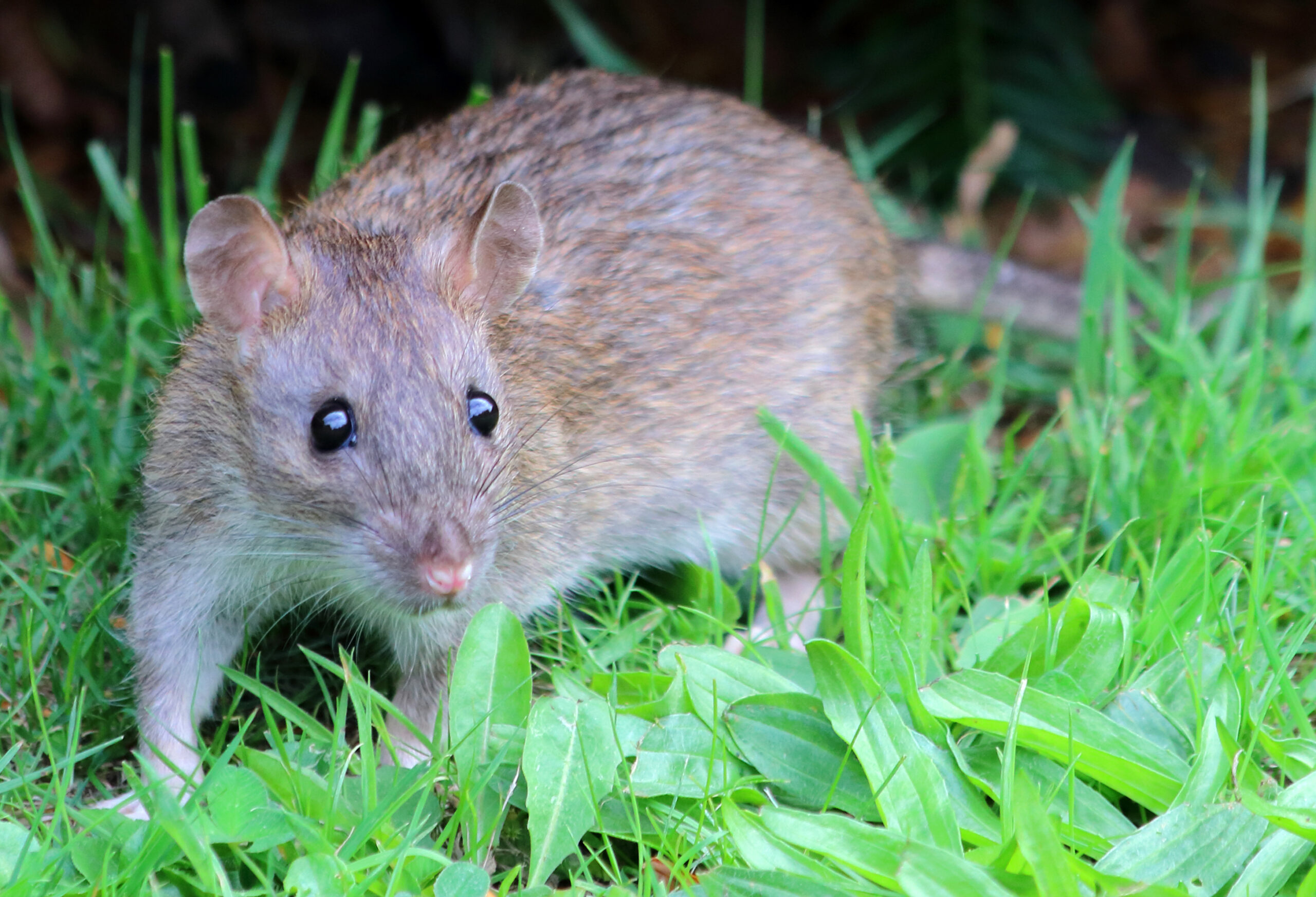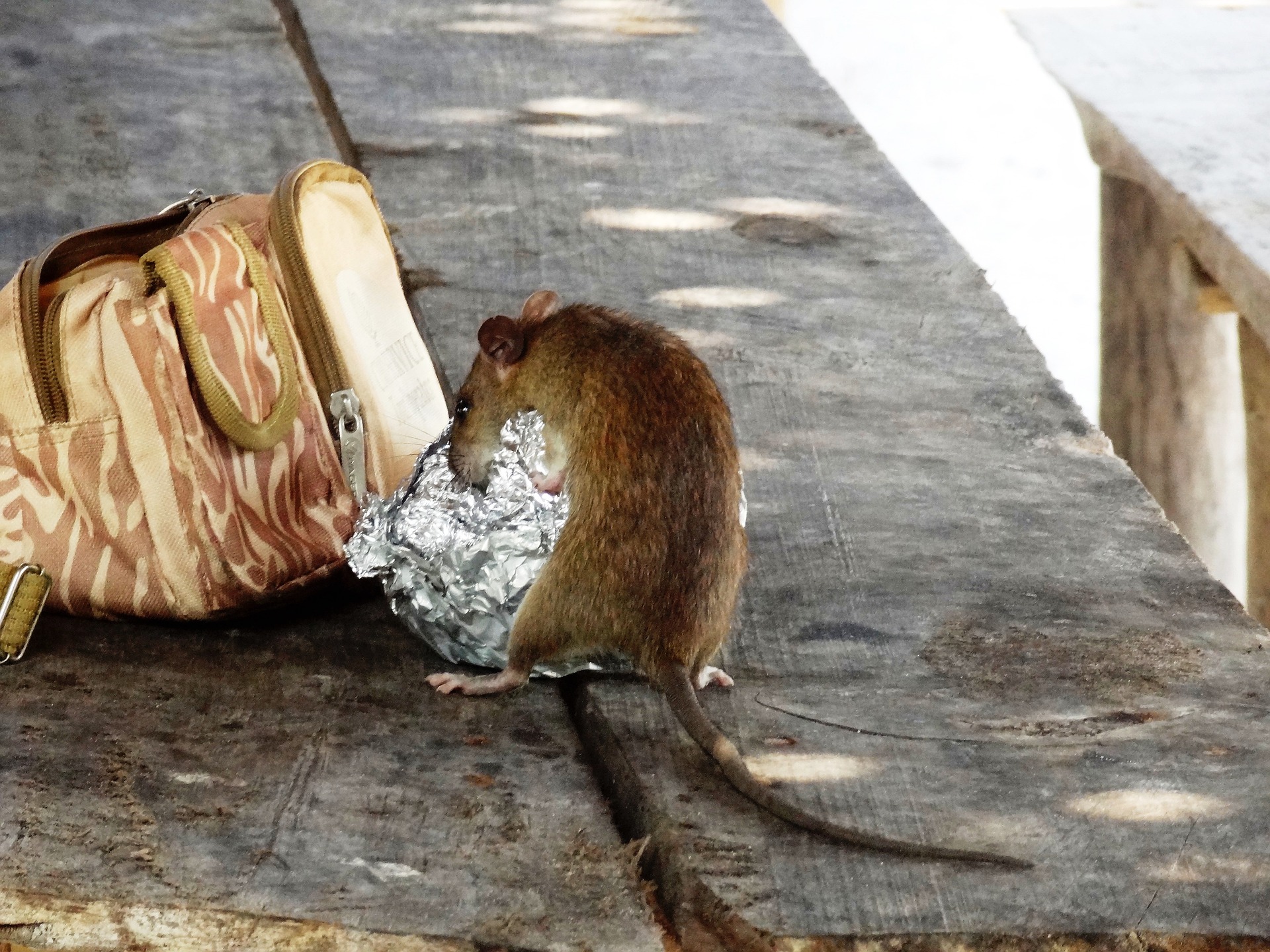
Having problems with Rats?
Rats are close by If there is a food source nearby, then the Environmental Risk Assessment will look at ways to reduce or eliminate the food source. This could mean fixing the broken drain, removing the bird feeder, or cleaning up the garden.
- Access.
- The level of infestation.
- How widespread is the infestation?
- Wildlife (Prey Animals/birds).
Once the technician has established the possible causes, the location of the entry points and is the infestation inside, outside or both then we can make the appropriate recommendations on whether to use rodent traps or professional rodenticides.
Professional Rat Control Services in the UK
Rats are one of the most common and dangerous pests in the UK. Not only do they damage property and contaminate food supplies, but they also pose serious health risks by carrying a wide range of diseases. At Shire Pest Solutions, we provide fast, discreet, and effective rat control services to protect homes, businesses, and agricultural properties across Oxfordshire and beyond.
Understanding Rats and Their Behaviour
Rats are highly adaptable rodents that thrive in urban, rural, and industrial settings. They breed rapidly, with a single pair capable of producing hundreds of offspring within a year. Their constant gnawing can damage wiring, pipes, and structures, while their droppings and urine contaminate living and working environments.
How Are Rats Controlled?
Professional pest controllers use three main application methods when working with rodenticides:
- Loose baiting: Loose bait is carefully placed in secure locations or hidden areas where non-target species cannot access it.
- Bait stations: Purpose-built stations are the most common method, offering safety and efficiency for long-term control.
- Hole or burrow baiting: Bait is applied directly into rat burrows to target colonies at the source.
In addition to baiting, we also provide cutting-edge electronic monitoring systems to ensure efficient and timely control, including real-time alerts sent directly to your phone.
Advanced Rat Monitoring Technology
At Shire Pest Solutions, we are proactive with rodent electronic monitoring systems to protect valuable assets and ensure compliance with legislation:
- Cube: The central unit housing a PIR sensor, night vision camera, and communication system that sends alerts and battery updates directly to your phone.
- Tags: Up to 10 tags connect to traps, sending a signal to the Cube when triggered.
- Alerts: Notifications are sent to your app within 120 seconds of trap activation, ensuring quick response times.
This technology makes rat control faster, more efficient, and far more reliable than traditional methods alone.
Preventing Rat Entry
We are approved installers for Ratwall, a stainless-steel rat blocker designed for domestic underground drains. Ratwall prevents rats from gaining access via sewer systems while maintaining full waste flow. It is suitable for plastic, clay, and cast-iron pipes and offers a cost-effective long-term prevention solution.
Do Rats Carry Diseases?
Yes — rats carry numerous diseases that can be transmitted to humans and pets. They contaminate food, surfaces, and environments through droppings, urine, saliva, and parasites. Key diseases include:
- Salmonellosis: Caused by contaminated food or water. Symptoms include diarrhoea, abdominal pain, fever, and vomiting.
- Leptospirosis (Weil’s Disease): Spread via rat urine, potentially leading to liver or kidney failure if untreated.
- Rat-Bite Fever: Transmitted via bites, scratches, or dead rats. Symptoms include fever, rash, and muscle pain.
- Plague: Rare in the UK today, but historically spread by fleas on infected rats.
- Tularemia: Highly infectious, causing ulcers, fever, and swollen glands.
- Hantavirus: Airborne particles from droppings and urine can cause severe respiratory illness.
- Bartonellosis: Spread by fleas, leading to skin and heart complications.
- Toxoplasmosis: Rats can host this parasite, which poses risks to pregnant women.
- Rat Tapeworm: Ingested eggs from contaminated surfaces can cause digestive and nutritional issues.
How to Protect Yourself and Your Property
- Seal entry points — rats can squeeze through gaps as small as 6mm
- Store food securely in sealed containers, including pet supplies
- Dispose of rubbish properly and keep bins lidded
- Maintain outdoor spaces by clearing clutter, long grass, and woodpiles
- Clean regularly, especially areas where droppings are found (always wear gloves)
- Book professional inspections for long-term prevention
Why Professional Rat Control Is Essential
Rats reproduce quickly and adapt to their environment, making DIY control methods unreliable and potentially dangerous. Professional pest control ensures safe handling of rodenticides, accurate monitoring, and long-term prevention strategies. At Shire Pest Solutions, we tailor our approach to each property, combining traditional and modern methods to guarantee results.
Professional Rat Control with Shire Pest Solutions
If you’ve noticed droppings, gnaw marks, or scratching noises, it’s time to act fast. Our experienced technicians provide discreet, effective, and compliant rat control services. Follow-up visits may be arranged depending on activity levels, ensuring complete eradication and future prevention. Protect your property, health, and business today with Shire Pest Solutions.



Rat Control FAQ
More About Shire Pest Solutions
Shire Pest Solutions is a trusted and local pest control company proudly serving homes and businesses across Oxfordshire and beyond. We have built our reputation on professionalism, reliability, and fast response times, specialising in the safe and effective removal of pests including ants, wasps, rodents, bed bugs, and more.
Our expert technicians hold full qualifications and use the latest tools and treatments to resolve pest problems quickly and safely—without unnecessary disruption. Whether you face a minor domestic issue or a large-scale commercial infestation, we design our services to meet your needs with minimal fuss and maximum effectiveness.
Based locally, we regularly assist customers in Didcot, Wallingford, Abingdon, Wantage, Witney, Newbury, Thame, Thatcham, and Stokenchurch. Our knowledge of the local area enables us to provide rapid call-outs and treatments that are suited to the unique pest challenges of each location.
At Shire Pest Solutions, we don’t just eliminate pests—we stop them from returning. We offer transparent pricing with no hidden fees, and we dedicate ourselves to customer satisfaction, making us the go-to pest control provider for homeowners, landlords, and commercial clients alike.
Contact us today to arrange a call-out or find out more about our pest control services across Oxfordshire and surrounding areas.
